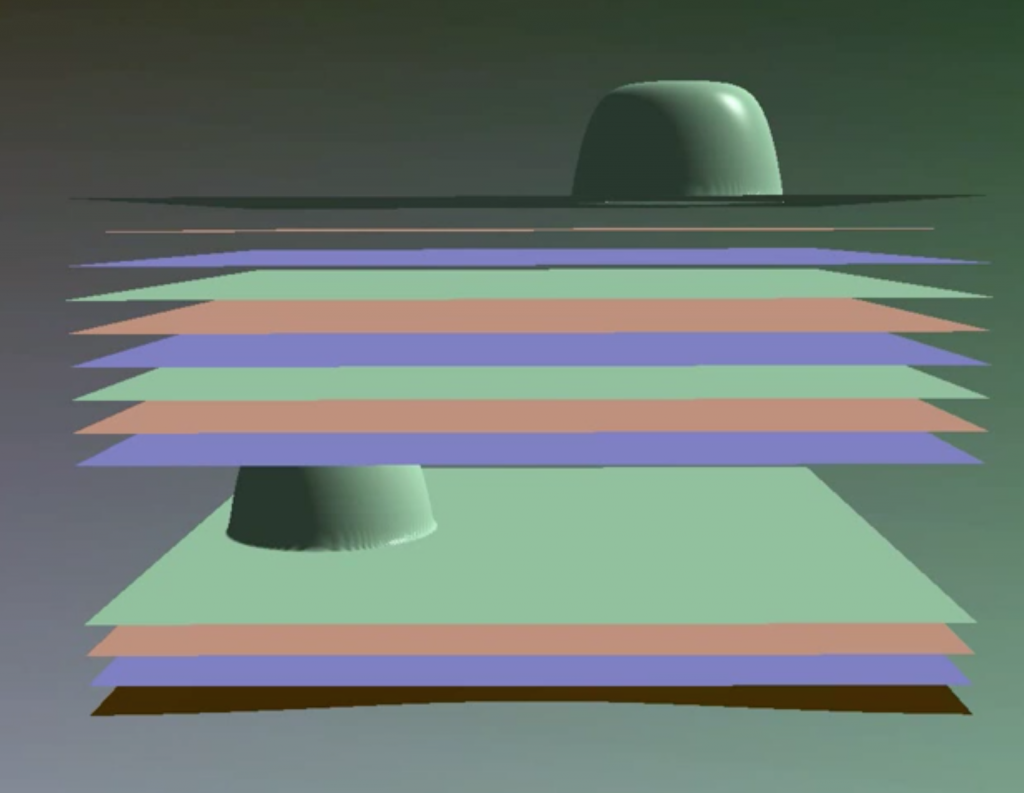The computational simulation of shallow stratified fluids is a very active research topic because these types of systems are very common in a variety of natural environments. The simulation of such systems can be modeled using multilayer shallow-water equations but do impose important computational requirements, especially when applied to large domains.
General Purpose Computing on Graphics Processing Units (GPGPU) has become a vivid research field due to the arrival of massively parallel hardware platforms (based on graphics cards) and adequate programming frameworks which have allowed important speed-up factors with respect to not only sequential but also parallel CPU based simulation systems.
In this work we present simulation of shallow stratified fluids with an arbitrary number of layers using GPUs. The designed system does fully adapt to the many-core architecture of modern GPUs and several experiments have been carried out to illustrate its scalability and behavior on different GPU models. We propose a new multilayer computational scheme for an underlying 2D mathematical model. This scheme is capable of handling an arbitrary number of layers. The system adds no overhead when used for two-layer scenarios, compared to an existing 2D system specifically designed for just two layers.

The GPU computes the evolution in time of the interfaces between several layered fluid types (for a given initial configuration) and displays those interfaces as solid surfaces, as soon as the output from each computing step is available. The user can rotate the view interactively, so he can better observe the layers’ evolution.
Here you can view two screen-shots taken from the simulation program while running. First one the initial layers configuration is shown.

Then It is shown the resulting layers configuration after the simulation has been running for some time.

These screen captured videos (see links below) show the simulation program running in real-time, for various scenerarios. You can observe how the user is able to manipulate the view:
https://youtu.be/U3DzJ1yPIZ8
https://youtu.be/1Y01dHevmWg
https://youtu.be/AQmNz53yL8U
https://youtu.be/Q61epORRHVw
https://youtu.be/x58c-VTGj_0
https://youtu.be/b5tM6TnZRXA
Recent Comments